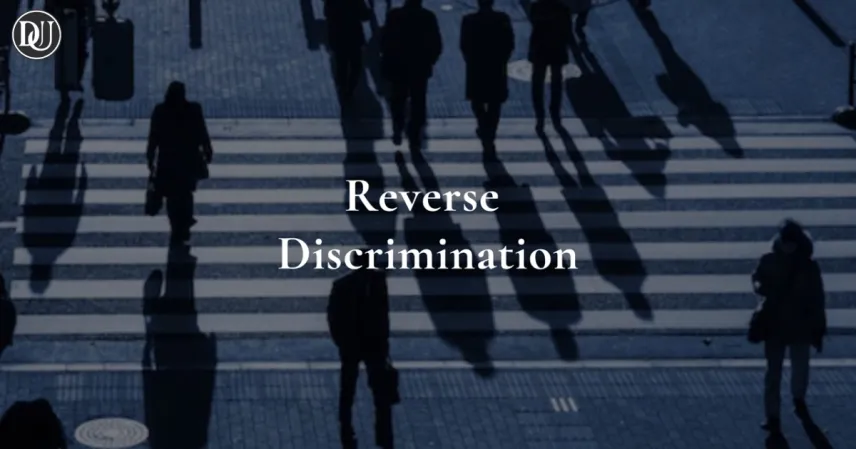In a unanimous decision that could significantly alter the landscape of employment law, the U.S. Supreme Court has made it easier for individuals from majority groups to bring "reverse discrimination" lawsuits. This pivotal ruling stems from a case involving an Ohio woman who alleged discrimination based on her sexual orientation, setting a new standard for how such claims will be evaluated across the nation.
A Straight Woman's Claim Leads to High Court Review
The case at the heart of this landmark ruling involves Marlean Ames, a long-serving employee of the Ohio Department of Youth Services. With over two decades of dedicated service, Ames contended that she was unfairly denied a promotion and subsequently demoted, with her positions allegedly being awarded to LGBTQ individuals. Her claim centered on the assertion that she faced discrimination specifically because she is heterosexual – a claim categorized as "reverse discrimination" in legal terms. Ames’s lawsuit, initially dismissed by lower courts, argued that these actions constituted a violation of her rights under federal employment laws, prompting her appeal to the nation's highest court. The Supreme Court's decision to take on her case signaled its intent to clarify the legal standards surrounding such claims.
Supreme Court Unanimously Levels the Playing Field
In a powerful statement of equality under the law, the Supreme Court delivered a 9-0 ruling in favor of Marlean Ames. The core of this decision is the elimination of a "background circumstances" requirement that some lower courts had imposed on plaintiffs from majority groups in "reverse discrimination" lawsuits. Previously, individuals like Ames had to demonstrate additional evidence suggesting their employer discriminated against the majority group before their claim could even proceed.
Justice Ketanji Brown Jackson, writing the opinion for the Court, emphasized a crucial point: Title VII of the Civil Rights Act of 1964, which prohibits sex discrimination in the workplace, makes no distinction between individuals based on their group affiliation. She firmly stated that Title VII extends "the same protections for every 'individual,'" regardless of whether they belong to a majority or minority group. This means that moving forward, all plaintiffs in workplace discrimination cases, including those alleging reverse discrimination, will be held to the same standard of proof. This unanimous decision signifies a clear message from the Supreme Court that the law applies equally to all, rejecting any previous judicial interpretations that created different hurdles for different groups.
Widespread Implications and the DEI Debate
This ruling carries significant implications, directly affecting how employment discrimination lawsuits are litigated in at least 20 states and the District of Columbia where the "background circumstances" requirement was previously in place. The decision is particularly timely, given the ongoing national conversation and increasing scrutiny surrounding Diversity, Equity, and Inclusion (DEI) initiatives in workplaces and institutions.
Conservative legal groups have actively championed "reverse discrimination" lawsuits, arguing that DEI programs can sometimes lead to unfair treatment of white or heterosexual individuals. They view this Supreme Court ruling as a victory, affirming their stance that any form of discrimination, regardless of the group targeted, is illegal. Conversely, civil rights organizations have voiced concerns that while the ruling aims for formal equality, it might inadvertently overlook the historical and systemic nature of discrimination faced by minority groups, potentially making it harder to address entrenched inequalities if "background circumstances" are no longer considered. The legal landscape is now poised for an increase in "reverse discrimination" claims, as the path to litigation has been significantly streamlined. The case of Marlean Ames will now return to lower courts, where her specific allegations of discrimination will be re-examined under the Supreme Court’s clarified, unified standard










